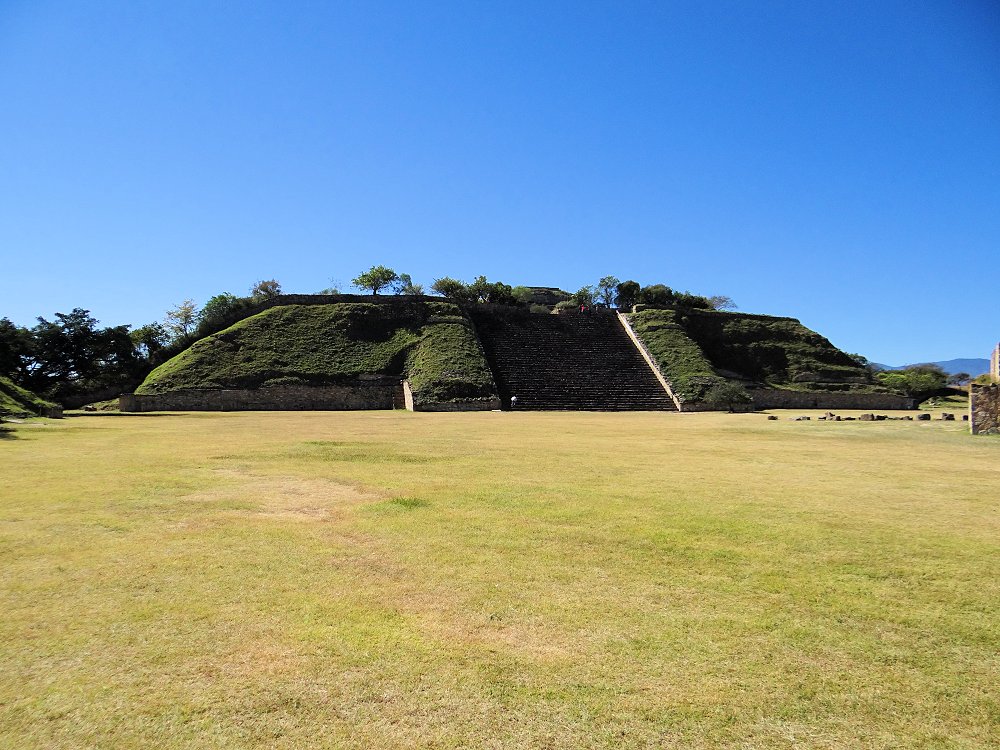Archaeological Ruins
Southern Section, Grand Plaza.
Page Two
Oaxaca, Oaxaca, Mexico.
Travel & Tour
Pictures, Photos, Information, Images, & Reviews.
George & Eve DeLange
Google Map To Monte Alban Archaeological Ruins Near Oaxaca City, Oaxaca, Mexico.
View Larger Map
We Are Proud Of Our SafeSurf Rating!
Click On Any Of The Following Links By Amazon.Com
For Books Or Videos About Touring In Mexico. No Obligation!
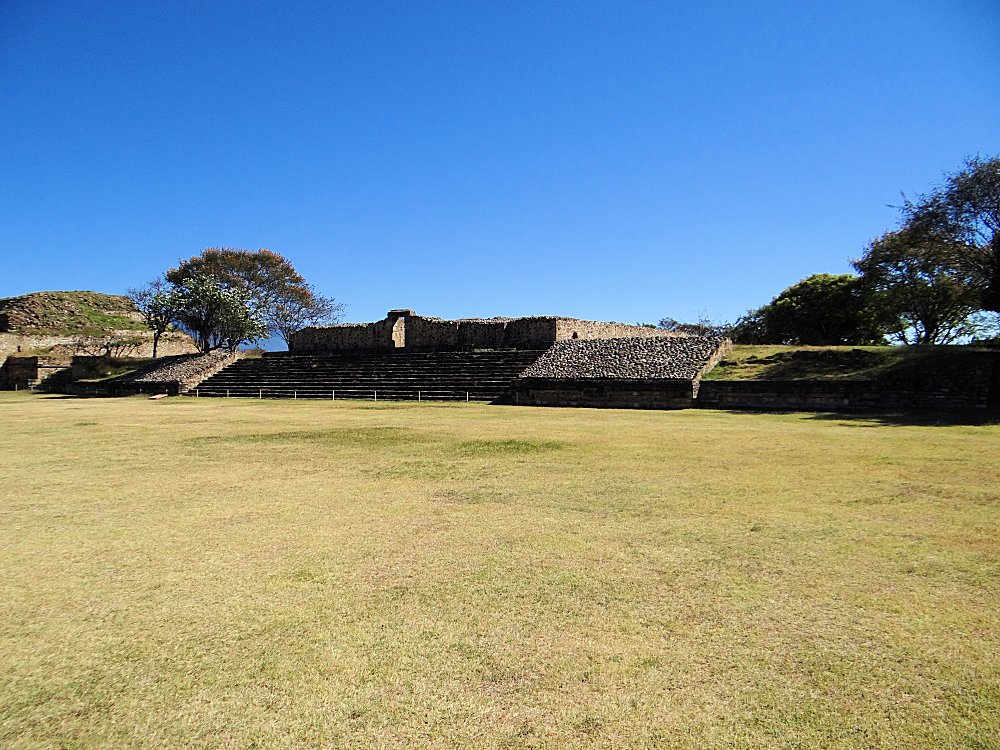 |
| Standing SE Of Building J. We Look NE At "The Palace." Photo Taken: November 9, 2012. |
|---|
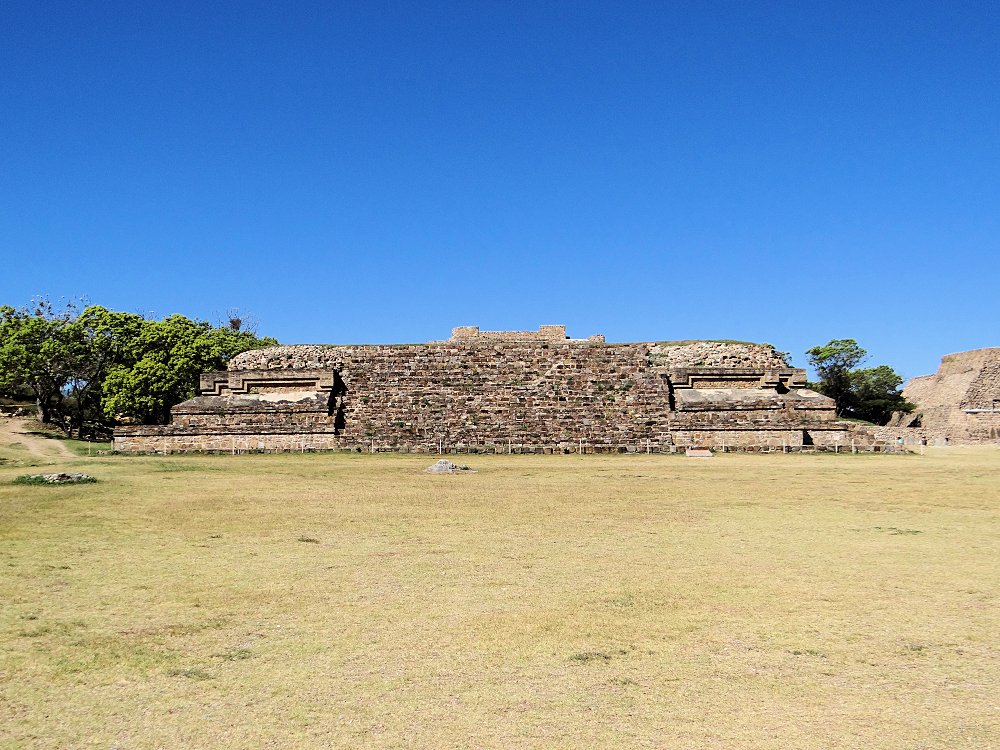 |
| Monte Alban Building M Looking West. Photo Taken: November 9, 2012. |
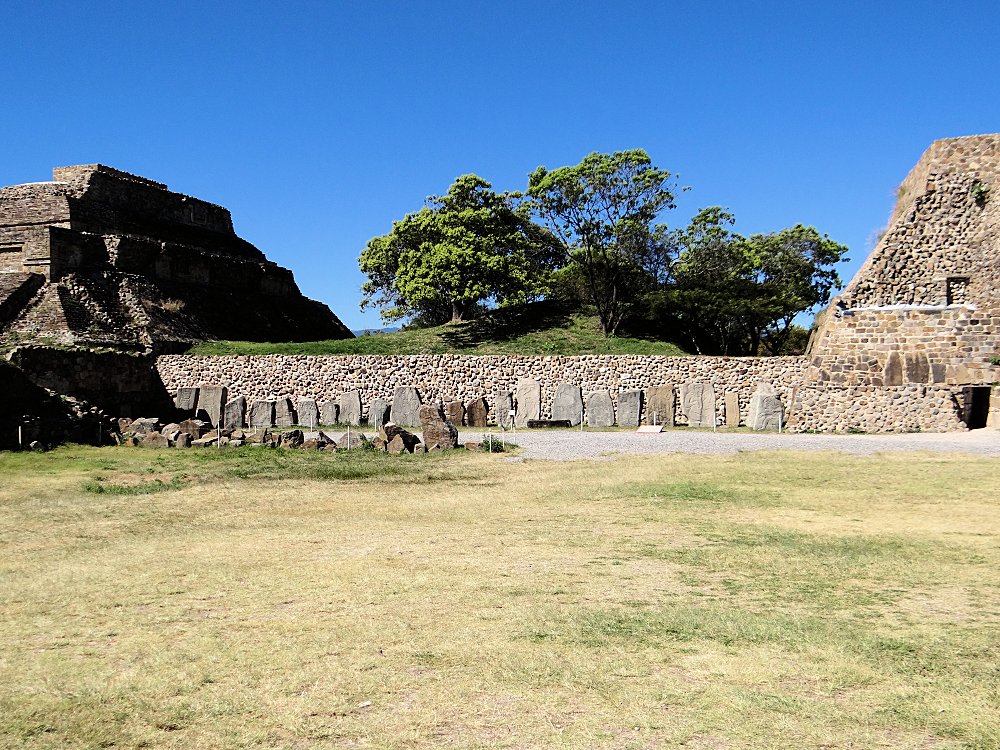 |
| Monte Alban Danzante Area. Looking West. Most Danzante Here Are Reproductions. Photo Taken: November 9, 2012. |
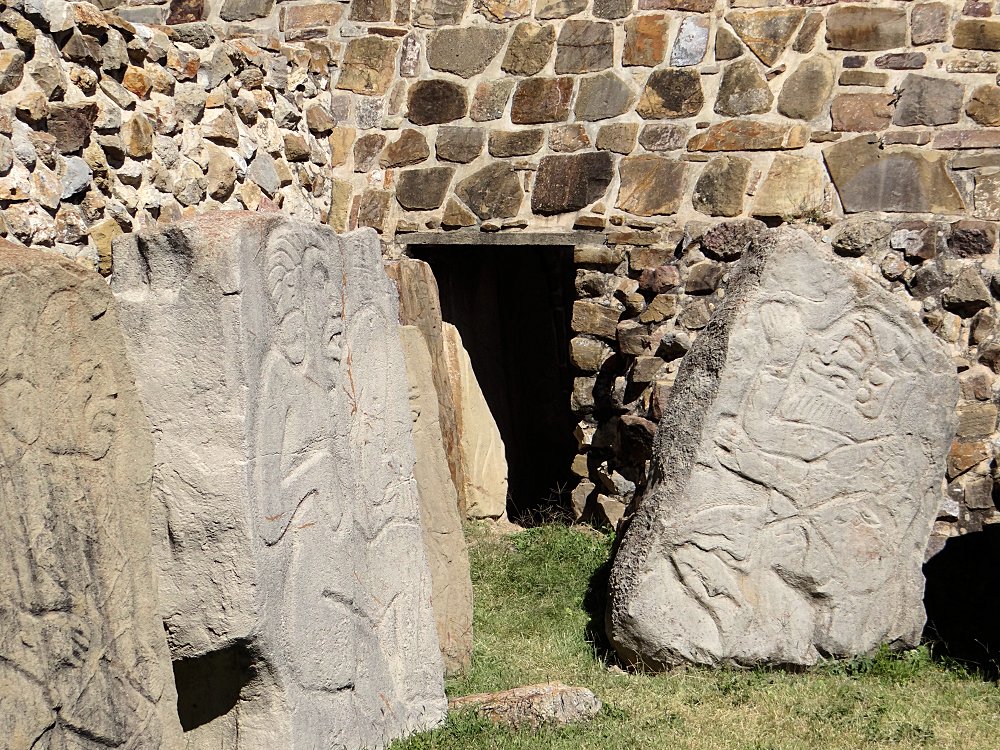 |
| Monte Alban Danzante Room Doorway. Most Danzante Here Are Reproductions. Photo Taken: November 9, 2012. |
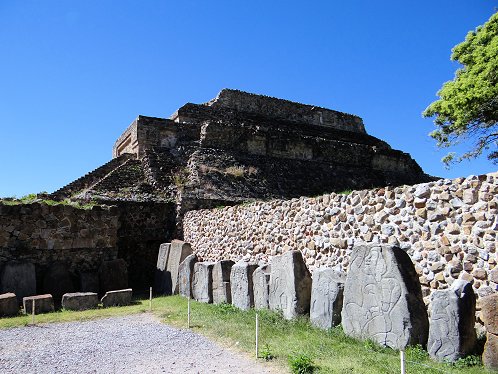 | 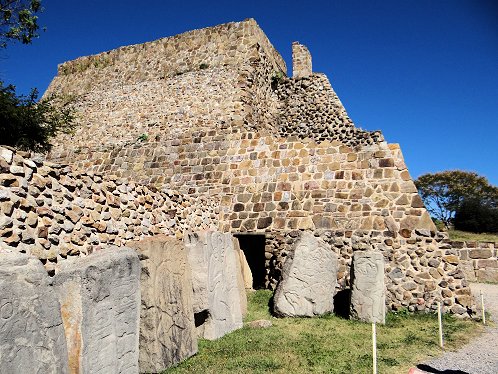 |
| Monte Alban Danzante Area. Most Danzante Here Are Reproductions. Photo Taken: November 9, 2012. | Monte Alban Danzante Area. Most Danzante Here Are Reproductions. Photo Taken: November 9, 2012. |
|---|---|
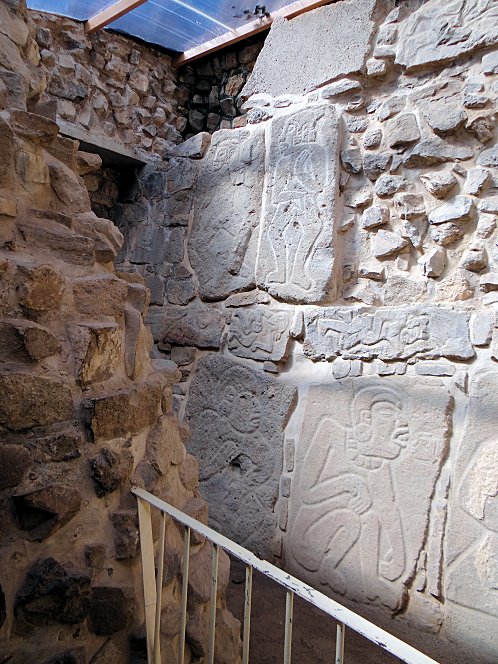 | 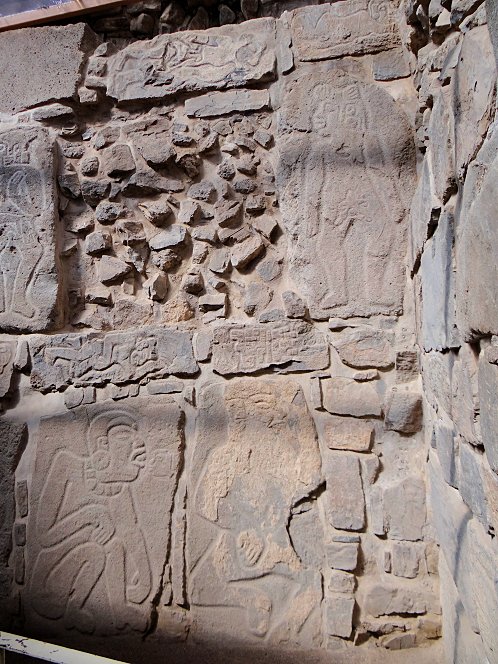 |
| Inside Monte Alban Danzante Room. Most Danzante Here Are Reproductions. Photo Taken: November 9, 2012. | Inside Monte Alban Danzante Room. Most Danzante Here Are Reproductions. Photo Taken: November 9, 2012. |
Monte Alban: Description One. Spectacularly located on an artificially leveled mountain top, Monte Alb�n (White Mountain) overlooks the three valleys of Oaxaca. It is said to have been built by the Zapotecs as a 'capital' city to govern the area, hence its position and elevation. Of course, there were no natural water supplies, so that the effort required to level the site and move stone up the mountainsides must have been immense. History Monte Alb�n was founded around 700BC, when population growth in the area was sufficient to support a religious �lite. It became the most important center in the area, and by 300AD had a population of about 50,000 - more than any European city at the time. Residential areas were built on terraces down the hillside, and all water supplies had to be carried up from the valleys. Many early structures were razed or built over, one of the earliest structures known today is the "Monumento de los Danzantes", featuring the first examples of writing found in the region. Intensive construction at the site continued until around 900AD, when the city began to lose political influence to other powers, such as Mitla. The Mixtecs began to dominate the Zapotecs, and Monte Alb�n, almost deserted by 700AD, became more of a religious site - the Mixtecs buried their leaders in elaborate tombs here. Later invaders were the Aztecs and then the Spanish, who gave the city its current name. The Site Most of the structures surround a vast plaza, orientated north-south. There are large platforms to the north and south; you'll enter at the north-east corner. Founded around 700BC, Monte Alb�n grew to a population of 50,000 by 300AD To your left you will see the ball-court. Zapotec ball-courts differ from those of the Maya in several ways; there are no stone rings and the court is shaped like a capital I. The sides of the court were sloping, but experts think that these walls were used in the game and were not for spectators. There is no evidence of human sacrifices related to the ball game in the Zapotec culture. However, the game seems to have involved moving the ball using elbows and hips similar to the method of play used by the Maya. The Northern platform was probably the major structure on the plaza, though much of it is in ruins now and it's difficult to imagine its original glory. There are several broad stairways offering great views of the valley. On the west side are two almost identical structures, with steps up to a platform and a walled enclosure at the base. There are remains of a four-tiered pyramid that would have been crowned by a temple. The Monumento de los Danzantes is carved with naked human figures in strange positions Between these two buildings is the Monumento de los Danzantes (the Dancers). The sloping faces are carved with naked human figures in strange positions, originally thought to be dancers. Their real significance is unknown, but the most popular theory is that they depict some sort of medical textbook - maybe this was a kind of hospital. Various deformities can be made out, and one figure is clearly a woman in childbirth. Date glyphs near the carvings are from about 600BC. In the center of the plaza are two constructions, the largest (in three sections) was a temple system that included tunnels to other temples on the site - presumably so that the priest could make sudden and magical appearances. The second building is the only one not aligned with the cardinal points and is thought to have been used for astronomy, hence its name 'The Observatory'. In its construction, about 40 carved slabs from the Monumento de los Danzantes were used. There are depictions of rulers above glyphs representing place names, presumably a list of conquered towns. The southern platform houses the tallest structure, an unrestored pyramid. This is the best place to take photographs and view the site as a whole. Before you leave, visit the tombs just north of the main plaza, where the Mixtecs buried their rulers. Important collections of jewelry were found here, most notably in Tomb 7 whose contents are on display in the museum at Oaxaca. The Zapotecs completed Monte Alban, a great ceremonial center begun during the Formative era on a flattened mountain top 1300 feet above the valley floor. The oldest extant structure, noted for the bas-relief sculptures of the danzantes (dancers), shows some characteristics of the Olmecs. The influence of the lowland cultures of Chiapas and the Maya, as well as Teotihuacan, is apparent in subsequent phases in the site's development. But the Zapotecs brought Monte Alban to its zenith between 600 and 900 AD. In the Post-Classic Period the Zapotecs lost their domain to the neighboring Mixtecs who, through warfare and marriage, established a federation of city-states in the region and turned Monte Alban into a necropolis. The Mixtecs left much of their history recorded in magnificent deerskin codices. The culture is noted for excellent craftsmanship in precious metals, turquoise mosaics and ceramics. A word about the vendors on site. They are just trying to make a living. They can be very pressing. If you really want something. Pay about 30% to 50% of what they are asking. Very rarely do they make the stuff they sell. Even if they say they do. They will also try to sell "originals" or "antiques." Some may be the real thing. Most are fake. To make an "antique" you simply take a freshly made artifact and burn it in cow chips. Then it looks like the real thing. It is unlawful to sell, buy, or take a real one out of the country. You can end up in a Mexican jail for a long time. Be careful! I actually know of a man who worked for a powerful US company who was held in a Mexican jail for something he did not do and he had a US President and an Arizona Governor trying to get him out and it still took almost two years and a lot of bribes. Be Careful!!! If you do not want to buy from them, just hold your right index finger straight up and wave it at them, saying politely but firmly, "No Gracias!" Look straight into their eyes when you say so. That is a universal way in Mexico to say you really are not interested. Regarding the Danzantes on site. They all look like very poor reproductions of the real ones we saw several years ago. We have noticed the replacement of real artifacts by fiberglass or stone reproductions at several sites in Mexico. We do not like seeing this taking place, but the reason for doing so is to protect the real artifacts from the effects of acid rain which is affecting rock artifacts worldwide.
|
The Xoxocotl�n International airport (IATA: OAX, ICAO: MMOX) Is the international airport located at Oaxaca, Oaxaca, Mexico. It handles the national and international air traffic for the city of Oaxaca. We have links on this page that will connect you with flights into and out of the Xoxocotl�n International airport and allow you to book any of several of the best hotels in Oaxaca. We suggest getting a hotel and then letting them arrange either a car or a tour of Oaxaca. If you call their Concierge Services ahead of your arrival, all of this can be pre-arranged for you. We do this all the time, when traveling in Mexico. It is safe and it works!!! We have never experienced a problem, doing it this way! We have placed links to Priceline.com on this page so you can arrange your flights into and out of Oaxaca; as well as your hotel, when visiting this area. We found that generally speaking, they provide the best hotel and air flight prices into Oaxaca.
|
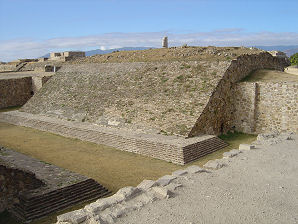 | 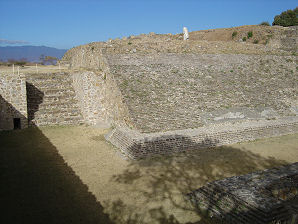 |
| Going Back To The Ball Court. We Can Get Our Bearings. | Notice The White Stele Attached To The West Side Of The Ballcourt. |
|---|---|
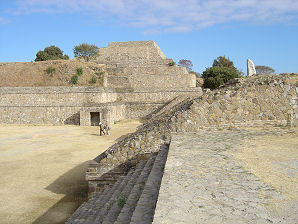 | 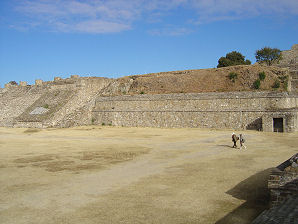 |
| Stepping Over To The West Wall The White Stele Is To Our Right. Building 2 Is At Our Back. We Are Facing The SE Corner Of The North Platform. | We Now Are Facing The Center And SE Corner Of The North Platform. Small Room At SE Corner. Pesky Vendors Nearby. |
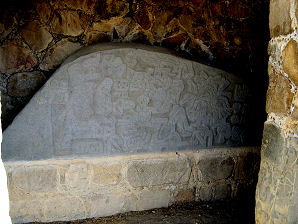 | 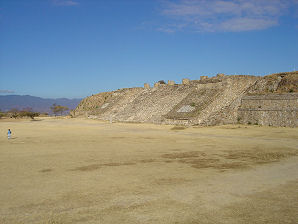 |
| Stone Tablet #15, Within The Small Room. | SW Front Corner And Center Of The North Platform. |
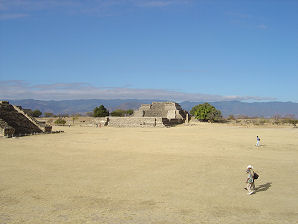 | 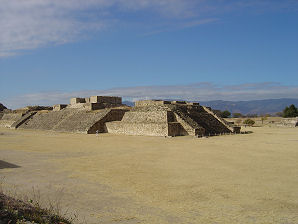 |
| Now Looking West We See Building 4. | To The SW We See R to L, Buildings G, H, & I. In That Order. |
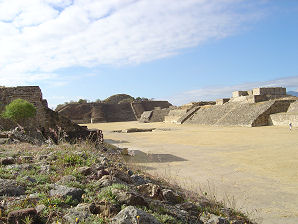 | 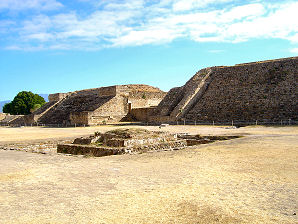 |
| Still At The West Wall Of The Ballcourt. Turning South With Building 2 On Our Left. R-L We See Building G, H, I J, And The South Platform. | Looking SW At The "Tunnel Complex" Buildings H & I. In Background. |
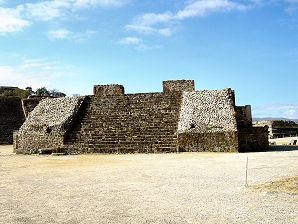 | 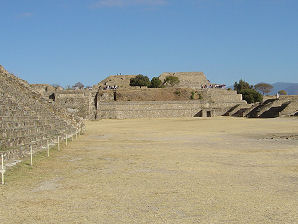 |
| Looking SW At Building J. | Looking North At North Platform. |
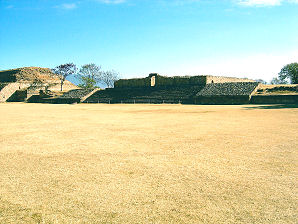 | 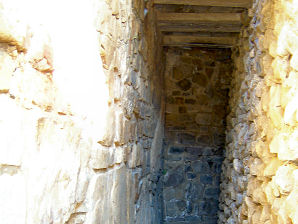 |
| Standing SE Of Building J. We Look NE At "The Palace" | Tunnel Into Observatory. |
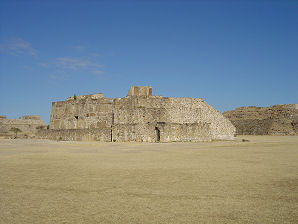 |  |
| Building J. The Observatory. Looking North. | The Observatory. Looking North. |
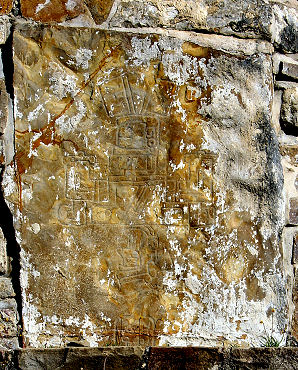 | 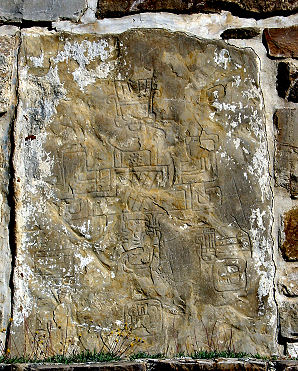 |
| Engraving On Observatory Wall. Probably Showing Victory Of Battles. | Engraving On Observatory Wall. Probably Showing Victory Of Battles. |
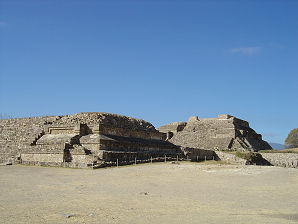 | 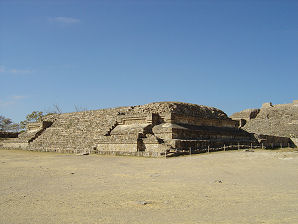 |
| Building M, Looking West. | Building M, Looking West. |
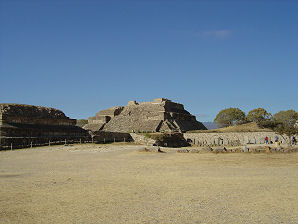 | 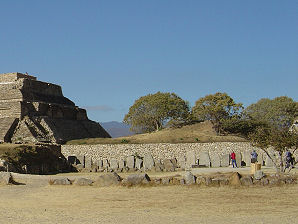 |
| Building M & Danzante Area. | Danzante Area, Looking West. |
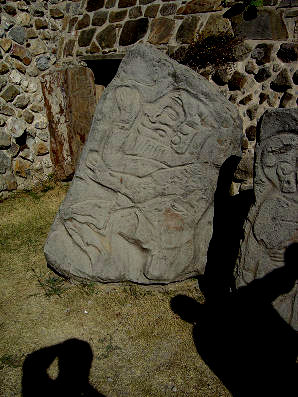 | 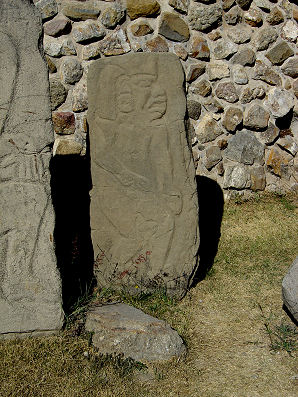 |
| Danzante. | Danzante. |
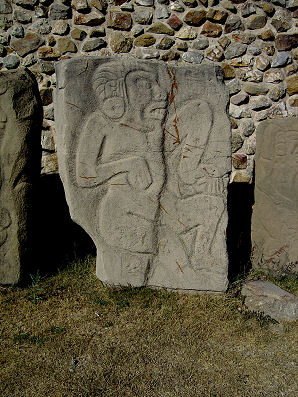 | 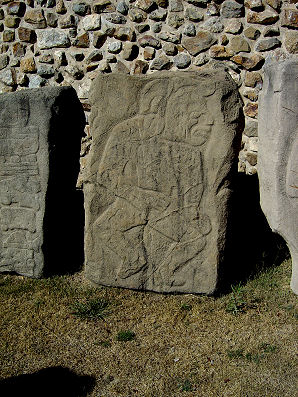 |
| Danzante. | Danzante. |
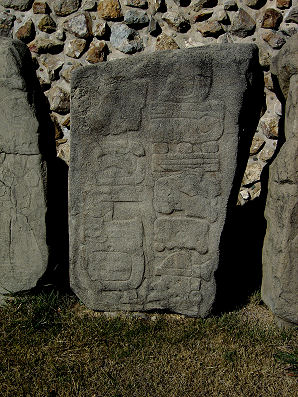 | 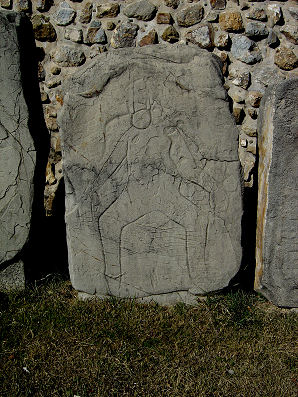 |
| Danzante. | Danzante. |
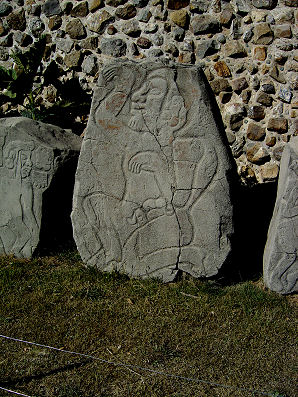 | 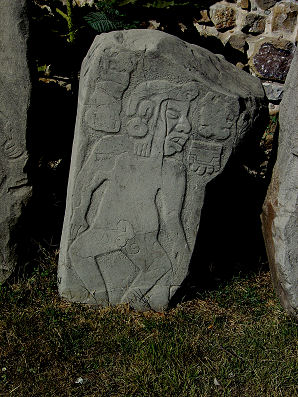 |
| Danzante. | Danzante. |
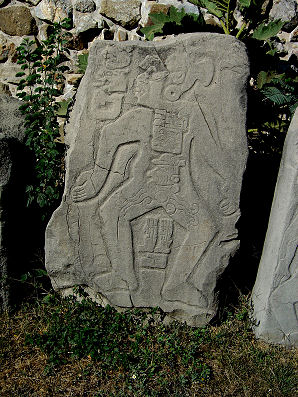 | 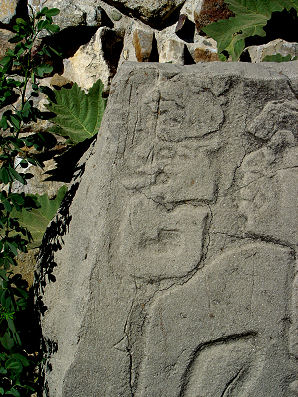 |
| Danzante. | Danzante. |
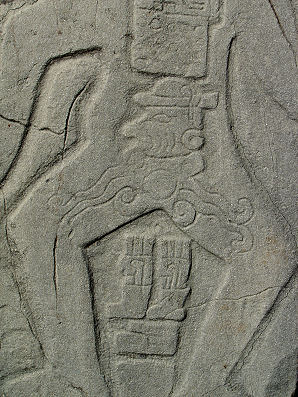 | 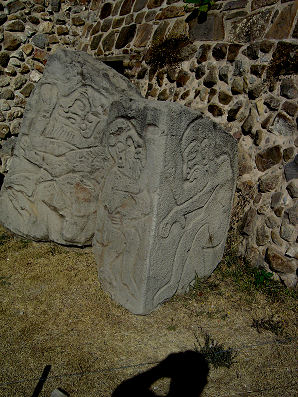 |
| Danzante. | Danzante. |
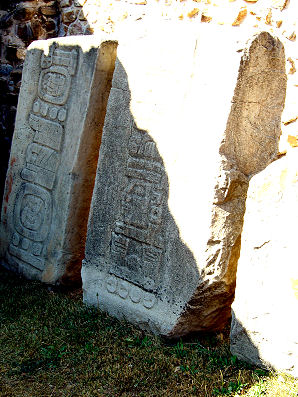 | 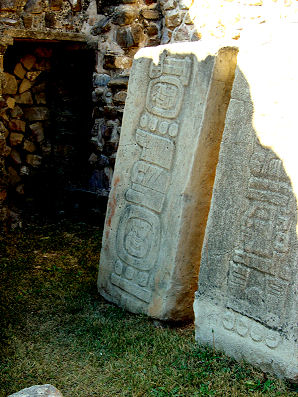 |
| Calendar Date Glyphs. | Calendar Date Glyphs. |
 | 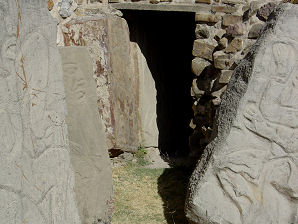 |
| Audrey DeLange At Door To Danzante Room. | Door To Danzante Room. |
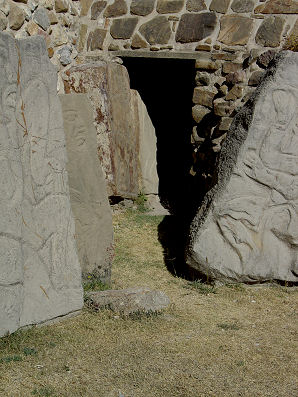 | 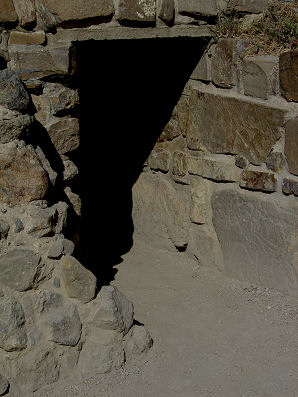 |
| Door To Danzante Room. This Door Is Blocked. | Door To Danzantes Room. This Door Is Open. |
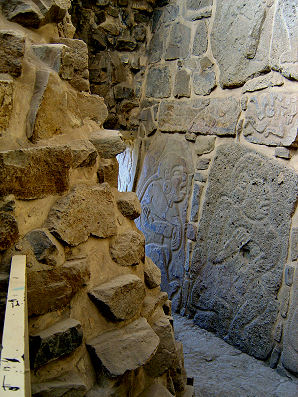 | 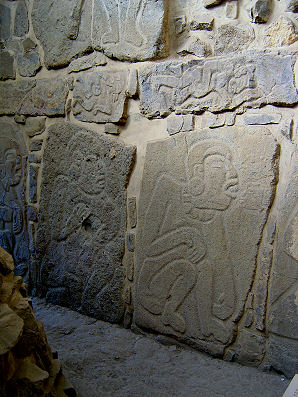 |
| Inside Danzante Room. | Inside Danzante Room. |
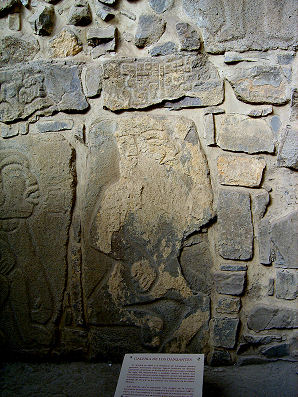 |  |
| Inside Danzante Room. | Inside Danzante Room. |
We Are Proud Of Our SafeSurf Rating!
Click On Any Of The Following Links By Amazon.Com
For Books Or Videos About Touring In Mexico. No Obligation!
Other Monte Alban Ruins Attractions!



